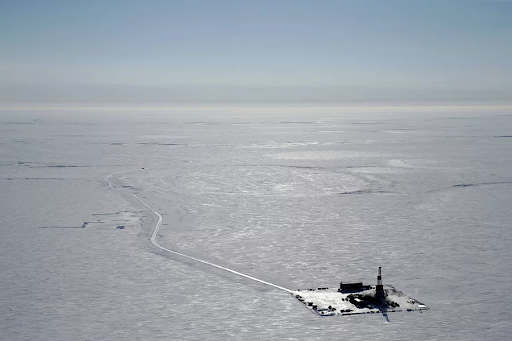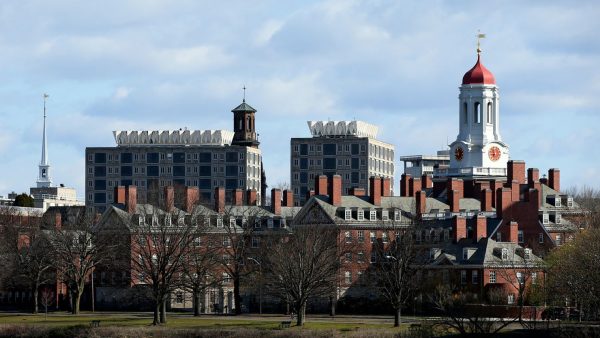What is the Willow Project?

Aerial photo of exploratory drilling camp at the proposed site of the Willow Project, 2019
If you have been on social media in recent weeks, chances are you have heard about something called the Willow Project. Willow is an oil drilling project that will span decades and take place on the National Petroleum Reserve, and it will be located in the rural northern part of Alaska.
The Biden administration has recently approved the highly controversial project to begin construction. The project was originally approved by the Trump administration, but fell under consideration after legal disputes up until earlier in March. The $8 billion project will involve the construction of over 200 wells across three drilling pads, as well as miles of roads and pipelines. This is in line with ConocoPhillips’s original plan, which was previously restricted to two drilling pads but later raised to three after concerns regarding the economic viability of the project.
The project is estimated to produce 180,000 barrels of crude oil a day at its maximum operational capacity. Along with this, ConocoPhillips said that nearly 2,500 construction jobs and 300 permanent jobs will be created, yielding $17 billion in revenue for federal, state, and local governments. These benefits have brought in significant support from Alaskans, including people in state legislation, Native groups, and labor unions. The new project and its jobs will bring a massive boost to the economy, as well as lower national oil prices and increase security in independently acquired oil. Legislatures are justifying the project as the most environmentally responsible choice in comparison to imported oil, saying that the transition to clean, renewable energy will take time, and this project will provide energy in the meantime.
Despite the economic gain from the Willow Project, the climate and environmental impacts are equally as bad, if not worse. The project will act as a “carbon bomb”, dispersing 9.2 million metric tons of carbon into the atmosphere every year. This is equivalent to adding 2 million gas-powered cars to the road each year of its operation. Willow was approved just days after legislation passed to protect several million acres of the National Petroleum Reserve and Arctic Sea from drilling operations. This hypocrisy unfortunately continues, as the project goes directly against the Biden administration’s goal of halving US carbon emission by the end of the decade and reaching net zero carbon emissions by 2050, along with Biden’s executive order to not lease any new drill sites on federal land. Willow has garnered pushback from environmentalists and climate activists, outraged by the administration’s decision. These activists proclaim that the drilling will endanger and disrupt the surrounding ecosystem and biodiversity, speeding up the already massive problem of climate change. Earthjustice President Abigail Dillen stated, “We are too late in the climate crisis to approve massive oil and gas projects that directly undermine the new clean economy that the Biden Administration committed to advancing.”
Although scaled down, the project will be a major setback in the fight against climate change. Producing 239 million metric tons of carbon dioxide over the course of 30 years, the damage by Willow to the environment might be irreversible. The protection of the surrounding Alaskan wilderness is a great step forward, but is canceled out by the effects of the project itself. The jobs produced from the construction and operation of the Willow Project, along with the boost to the economy and national security benefits are all temporary outcomes, whose effects will slowly become irrelevant over the next decades. The impact on the environment, however, will be notable for generations to come.
Your donation will support the student journalists of Centaurus High School. Your contribution will allow us to purchase equipment and cover our annual website hosting costs.

Gavin Herrmann, he/him, is a staff writer for The Warrior Scroll, and a Junior at Centaurus. In his free time, he likes to bike and hang out with friends....













